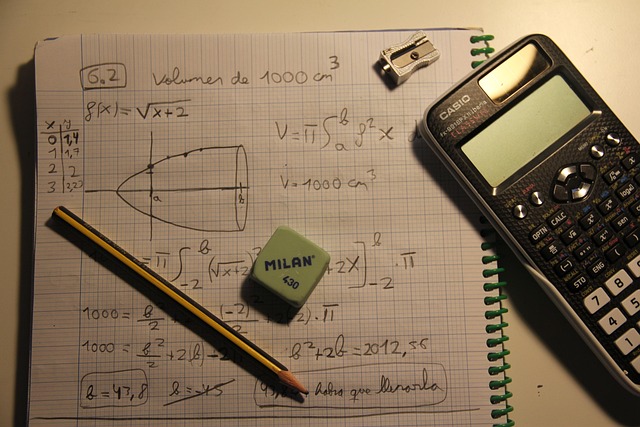
The F/A-18 Super Hornet
The F/A-18 Super Hornet is a remarkable piece of engineering that has become a vital asset for the U.S. Navy. This multi-role fighter jet is designed for both air-to-air and air-to-ground missions, making it a versatile choice for modern combat scenarios. With its sleek design and advanced technology, the Super Hornet has earned its place as a backbone of naval aviation since its operational debut in 2001.
Development and Features
Originally developed by McDonnell Douglas, the Super Hornet first took to the skies in 1995. It was a response to the need for a more capable and larger variant of the earlier F/A-18C and D Hornets. After a merger with Boeing, full-rate production began in 1997, and the Super Hornet quickly became a staple for the Navy.
One of the standout features of the Super Hornet is its internal 20mm M61A2 rotary cannon, which provides a significant advantage in air-to-air combat. Additionally, it can carry a wide array of weapons, including air-to-air and air-to-surface missiles, enhancing its operational flexibility. This aircraft was designed not just for combat, but also for electronic warfare, leading to the development of the EA-18G Growler variant.
Operational History
Since entering service, the Super Hornet has played a crucial role in various military operations. It replaced the iconic F-14 Tomcat, which was retired in 2006, and has since been deployed in numerous conflicts, showcasing its capabilities in real-world scenarios. The Super Hornet has proven to be a reliable platform, capable of adapting to the evolving demands of warfare.
Why the Super Hornet Stands Out
- Versatility: The Super Hornet can perform a wide range of missions, from air superiority to ground support, making it an invaluable asset for the Navy.
- Advanced Technology: With cutting-edge avionics and weapon systems, it stays ahead of potential threats.
- Proven Performance: Its operational history demonstrates reliability and effectiveness in various combat situations.
- Adaptability: The Super Hornet can be modified for different roles, including electronic warfare, ensuring it meets the needs of modern warfare.
Conclusion
The F/A-18 Super Hornet is more than just a fighter jet; it represents the evolution of military aviation. With its advanced features and proven track record, it continues to be a key player in the U.S. Navy's arsenal. As technology advances and new challenges arise, the Super Hornet is poised to adapt and remain a formidable presence in the skies.

















 Solving Quadratic Equations by Factoring
Solving Quadratic Equations by Factoring 
 Health
Health  Fitness
Fitness  Lifestyle
Lifestyle  Tech
Tech  Travel
Travel  Food
Food  Education
Education  Parenting
Parenting  Career & Work
Career & Work  Hobbies
Hobbies  Wellness
Wellness  Beauty
Beauty  Cars
Cars  Art
Art  Science
Science  Culture
Culture  Books
Books  Music
Music  Movies
Movies  Gaming
Gaming  Sports
Sports  Nature
Nature  Home & Garden
Home & Garden  Business & Finance
Business & Finance  Relationships
Relationships  Pets
Pets  Shopping
Shopping  Mindset & Inspiration
Mindset & Inspiration  Environment
Environment  Gadgets
Gadgets  Politics
Politics 